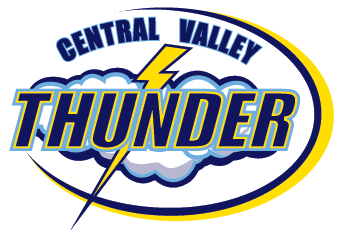On Tuesday, Nov., 28, Central Valley Academy proudly hosted a group of state legislators and leaders of the New York State United Teachers (NYSUT). The goal was simple—to show Connected Community Schools (CCS) in action and explore the possibility of funding similar programs throughout the state.
State Senators Shelley Mayer, Rachel May and Jim Tedisco; and Assemblymembers Marianne Buttenschon and Harry Bronson visited the CVA HUB, spoke with school officials, and heard CCS staff describe the challenges and successes of the program. NYSUT organized the event to give the legislators an up-close look and to garner support for a proposed $100 million state investment to spread the program across New York.
NYSUT President described CCS as investing in school children "on the front end." She stressed that public schools are the foundation of a strong community. Her message pointed to the need to invest in students and their families today to lessen future problems.
Much of the meeting was led by Melissa Roys, who serves as Co-Executive Director at CCS. She was on the ground floor of CCS seven years ago when CCS launched a small program at Rome City Schools with help from an American Federation of Teachers grant. The concept quickly grew. Central Valley joined the program two years ago. CCS now covers 14 districts in seven counties.

Superintendent Jeremy Rich explains the positive impact Connected Community Schools has at Central Valley
Superintendent of Schools Jeremy Rich praised CCS for freeing teachers to do what they do best—to teach. He acknowledged that school guidance counselors and teachers could fill the role, but not without taking time away from other responsibilities.
"Now we have dedicated personnel helping us with that outreach, where we can pass the baton, give them the background story, and they take it from there," he said.
Next steps
The legislators plan to gather more information, particularly data that shows Connected Community Schools is making a difference. Several noted that their respective legislative bodies will look for evidence that this is not a "band aid." Ms. Roys answered their concern with a presentation that highlighted the number of students, families, and community groups that have been impacted by CCS. Ultimately, they will introduce legislation to fund the start up costs for programs like CCS across New York.
What is CCS?
While many Central Valley families are familiar with Connected Community Schools, many more are not.
"We want our families to know the amazing resource they have in each of our buildings," Mr. Rich said.
"Any Central Valley family with a need, whether it is food, shelter, healthcare, clothing, school supplies, or mental health assistance can find it by simply calling one our site coordinators."
During school, students visit the HUB for a safe place to grab a snack, find needed school supplies, or talk with friends or a counselor. After school HUB Clubs offer a chance to hang out with friends and take part in student-led activities.
"There are many reasons a family may need a little help," added Mr. Rich.
"Financial pressures, inadequate or no insurance, family issues—any personal struggle. Connected Community Schools has ties to resources throughout our communities. They can link families to professionals and services to help them get back on their feet. As we help build stronger families, we help our students focus on learning and building healthy relationships. At the end of the day, everything we invest today in families will come back to our community as a growing number of our students become contributing members of society."

CVA teacher Tara VanCauwenberg explains that she can now focus on teaching. She trusts that when she refers a student or family to CCS, things will be taken care of.

Assemblymembers Harry Bronson and Marianne Buttenschon joined the more than 20 people who visited CVA.

